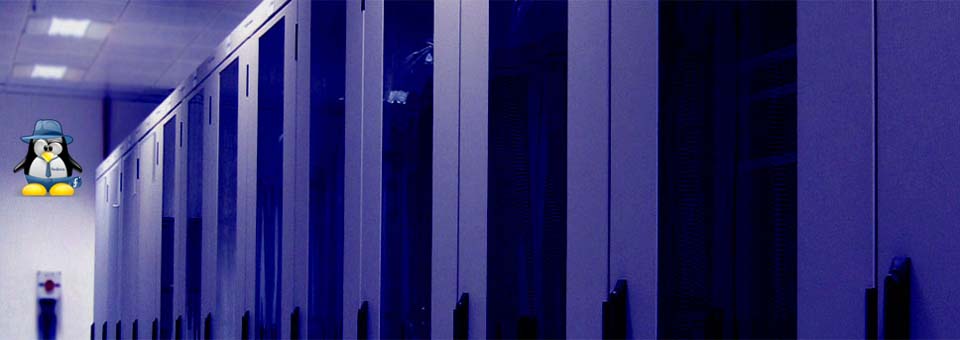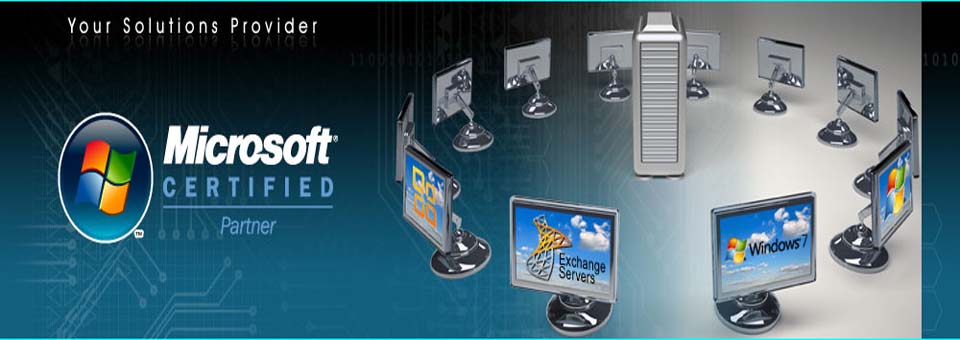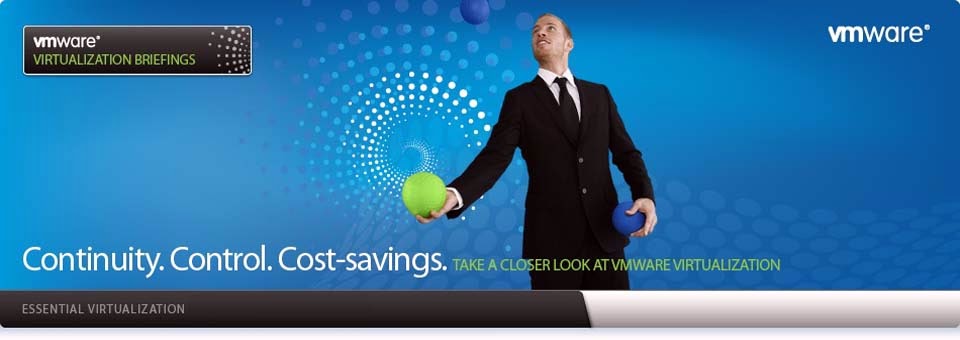This summary is not available. Please
click here to view the post.
Wednesday, October 3, 2012
The Linux Boot Process in Detail
1.
When a PC is booted it starts running a BIOS program which is a memory resident
program on an EEPROM integrated circuit.
BIOS –
Basic Input Output
of the System
EEPROM -
Electrically
Erasable Programmable Read-Only
Memory
Posted by
Unknown
0
comments
Read More
Thursday, September 27, 2012
Sudo Full Practical Session
Introduction
Before we proceed, it would be best
to cover some basic user administration topics that will be very useful in
later chapters. Adding Users
One of the most important
activities in administering a Linux box is the addition of users. Here you'll
find some simple examples to provide a foundation for future chapters. It is
not intended to be comprehensive, but is a good memory refresher. You can use
the command man useradd to get the help pages on adding users with the useradd
command or the man usermod to become more familiar with modifying users with
the usermod command.
Posted by
Unknown
0
comments
Read More
Wednesday, September 26, 2012
Basic's of Networking
1. Define Network?
A network is a set of devices connected by
physical media links. A network is recursively is a connection of two or more
nodes by a physical link or two or more networks connected by one or more
nodes.
2. What is a Link?
At the lowest level, a network can consist
of two or more computers directly connected by some physical medium such as
coaxial cable or optical fiber. Such a physical medium is called as Link.
3. What is a node?
A network can consist of two or more
computers directly connected by some physical medium such as coaxial cable or
optical fiber. Such a physical medium is called as Links and the computer it
connects is called as Nodes.
Posted by
Unknown
0
comments
Read More
Friday, September 21, 2012
Linux / Unix Commands For Connecting To The Serial Console
Most embedded Linux /
BSD systems such as routers, servers and nas devices comes with console
interface (serial port with RS-232). BIOS can use this, and after boot BIOS
screen I/O is redirected so that you can use the device. RS-232 is also used
for communicating to headless server, where no monitor or keyboard is
installed, during boot when operating system is not running yet and therefore
no network connection is possible. You need to use a serial cable between your
computer and embedded system or server. In this post I will cover five common
utilities used for serial communication under Linux / Unix / *BSD and Mac OS X.
Posted by
Unknown
0
comments
Read More
How To Check and Use Serial Ports Under Linux
How do I check and configure serial ports under
Linux for various purposes such as modem, connecting null modems or connect a
dumb terminal?
Linux offers various tools. Linux uses ttySx for a serial port device name. For example, COM1 (DOS/Windows name) is ttyS0, COM2 is ttyS1 and so on.
Linux offers various tools. Linux uses ttySx for a serial port device name. For example, COM1 (DOS/Windows name) is ttyS0, COM2 is ttyS1 and so on.
Task:
Display Detected System's Serial Support
Simple
run dmesg command
Posted by
Unknown
0
comments
Read More
Tuesday, September 18, 2012
Troubleshooting Disk and Data store Related Issues SHOOT:2
SHOOT: 2
VMFS Lock Volume is Corrupted
VMFS Lock Volume is Corrupted
Details
You
may observe the following events within the /var/log/vmkernel logs within your
VMware ESX host:
Volume
4976b16c-bd394790-6fd8-00215aaf0626 (san-lun-100) may be damaged on disk.
Corrupt lock detected at offset 0
Note:
In this example 4976b16c-bd394790-6fd8-00215aaf0626 represents the UUID of the
VMFS datastore and san-lun-100 represents the name of the VMFS datastore.
You
may observe the following events within the /var/log/vmkernel logs within your
VMware ESX host:
Resource
cluster metadata corruption detected Volume 4976b16c-bd394790-6fd8-00215aaf0626
(san-lun-100) may be damaged on disk.
Posted by
Unknown
0
comments
Read More
Troubleshooting Disk and Data store Related Issues SHOOT:1
SHOOT: 1
Troubleshooting
a VMFS resource volume that is corrupted
The
event indicates the reported VMFS volume is corrupted.
Example
If
4976b16c-bd394790-6fd8-00215aaf0626 represents the UUID and san-lun-100
represents the associated volume label, you see:
For
Event: vmfs.lock.corruptondisk
Posted by
Unknown
0
comments
Read More
Wednesday, September 12, 2012
Allow A Normal User To Run Commands As root Under Linux / UNIX Operating Systems
From my mail bag:
I would like to run
few commands such as stop or start web server as a root user. How do I allow a
normal user to run these commands as root?
You need to use the sudo command which is use to execute a command as another
user. It allows a permitted user to execute a command as the superuser or
another user, as specified in the /etc/sudoers (config file that defines or
list of who can run what) file. The sudo command allows users to do tasks on a
Linux system as another user.
Posted by
Unknown
0
comments
Read More
Subscribe to:
Comments (Atom)
Powered by Blogger.









